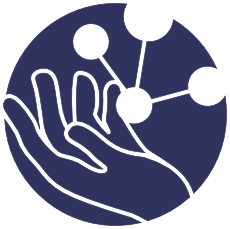Computer vision primarily refers to the field of computer science that focuses on developing techniques that enable computers to understand and interpret visual information from the world. It involves algorithms and systems for acquiring, processing, analyzing, and understanding images and, in some cases, high-dimensional data from the real world (such as hyperspectral imaging or multi-modal models). The goal is to emulate human visual perception, though the applications can be broader. The advancements in deep learning, particularly convolutional neural networks (CNNs) and, more recently, vision transformers (ViTs), have significantly propelled the capabilities in this domain.
In this course, we’ll cover:
In this course, we’ll cover:
- Module 1: Computer Vision Concepts
- Module 2: Understanding Computer Vision Tasks
- Module 3: Optimizing Computer Vision Models
Access content
| Link | Method of Access |
|---|---|
 |
Access in Practicum AI website. |
 |
Access via  |
| Coming soon | Access on Canvas Commons |
 |
Access on GitHub.com |
| Access on Google Colab |



